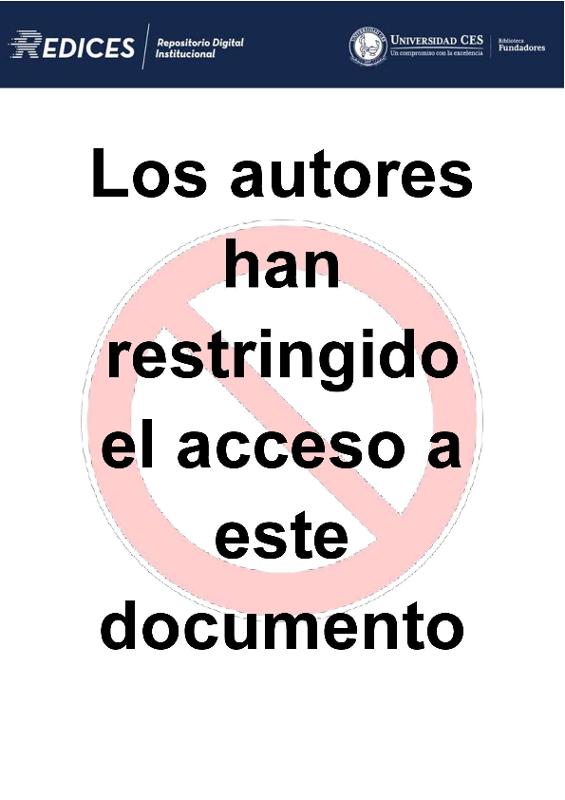Immature versus in vitro mature equine oocyte vitrification
Date
2018-03-06
2018-03-06
Author
Vélez Jaramillo, Isabel Catalina
Urrego Álvarez, Rodrigo Antonio
Ángel Vélez, Daniel
Metadata
Show full item record
Show full item record
Abstract
Successful oocyte vitrification allows the female genetic preservation, but in mares has not been clinical successful. The objective of the study was to evaluate the Cryotech® vitrification method for equine oocytes, both immature and in vitro matured with and without cumulus cells. For this three groups of oocytes were vitrified; A) Immature oocytes with corona radiate (Imm CV), B) In vitro matured and then vitrified with corona radiate (Mat CV) C) In vitro matured and then vitrified without cumulus cells (Mat DV) and D) Control (no vitrification). In all groups after warming and in vitro maturation, intracytoplasmic sperm injection and embryo culture were performed and survival, cleavage and blastocyst rate were evaluated by independence chi square. Survival rate was significantly lower for ImmCV: 66.7% (n = 108/162) versus those matured in vitro MatCV: 83.8%; (n = 150/179), MatDV: 78.6% (n = 165/210). For maturation no differences were found between ImmCV: 40% (n = 35/87), MatCV + MatDV: 38% (n = 103/269) and between the ImmCV and the control: 50% (n = 113/226). For cleavage rate, there was no difference between ImmCV: 50% (n = 16/32), MatCV: 46% (n = 25/53) and MatDV: 60% (n = 26/43), but there was a significant difference between ImmCV and MatCV with control: 74% (n = 47/60). There was no difference on blastocyst rates between treatment groups, except for control(ImmCV: 0% (n = 0/16), MatCV: 4% (n = 1/25), MatDV: 0% (n = 0 / 26) and control: 28% (n = 13/47). In conclusion, the Cryotech method presented similar rates of maturation for all groups. The MatDV group showed similar cleavage rate compare to control but blastocyst rates were affected in all experimental groups. These results demonstrate that the Cryotech® method was associated with high survival and maturation rate, but developmental competence was low for both Imm and Mat oocytes. Further studies are needed to increase developmental competence of vitrified/warmed equine oocytes.Impacto
Collections

